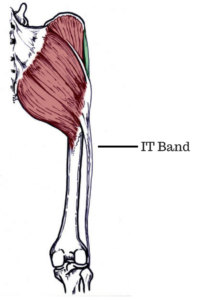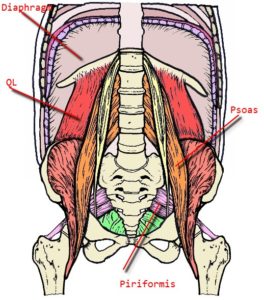

Muscle Imbalance: Inner and Outer Thighs
Muscle imbalance in the area of the inner and outer thighs is one of the body’s most consternating issues.
Most people have outer thighs that dominate the inner thighs in strength and function.
This muscle imbalance is most easily seen in the way many people walk down the street with their feet turned out.
That doesn’t happen in legs with balanced inner and outer thighs.
Here is a simple experiential exercise:
Come to stand with the feet close together and parallel, or as close to parallel as you can.
This automatically brings better balance to the inner and outer thighs.
Press down into the inner ball of your foot– the mound of your big toe.
You should feel the inner upper thigh tone or activate slightly.
Then allow the weight to go to the outside of your foot.
Feel if the outer thigh tones more here and the inner thigh leaves the picture.
We are meant to use our whole foot when standing and walking but an incredible number of people are living on the outside of their feet.


This is due to this muscle imbalance between the inner thighs and the outer thighs.
It has a number of ramifications.
If the upper leg is out of balance you can be sure that the lower leg is out of balance as well.
The usual muscle imbalance of tight outer thighs and lax inner thighs makes it difficult to access the inner foot when walking.
The inner thighs are meant to assist in an internal rotation that helps to activate the psoas muscle.
If tight outer thighs limit the access to this rotation, the body can’t take advantage of the mechanical advantages the psoas has to offer.
Lack of balance between the inner and outer thigh usually allows for the outer thigh to rotate externally too much. This often leads to tight IT bands and other gluteal issues.
